How to sound like Kate Bush – Running Up That Hill (A Deal With God)
Well, Kate Bush must’ve indeed made a deal with God. Her ghostly 1985 hit single, Running Up That Hill, is back, haunting the charts once more. The explosion was sparked by the launch of the fourth season of the cult Netflix series, Stranger Things. As a result, the song is reaching a completely new generation of listeners! Let’s look at what makes this song so iconic and how to go about creating some of the sounds.
Breaking down Kate Bush – Running Up That Hill (A Deal With God)
Besides the vocal orchestration, which is immense, the approach to the instrumental production is rather minimalistic and understated. We’ve discussed the use of 1980s reverb previously, and here it is the key that gives this song its ethereal character.
Every instrument in the mix seems to have at least a touch of echo, delay, or reverb. As with most Kate Bush songs, the way in which she shapes her voice and her pitch articulation is absolutely immaculate.
In addition, it’s important to note that the use of vocal resampling in creating the pitched-down deity-like vocals on the outro is also way ahead of its time, as this is a common technique used in pop music production today.
Recreating the drums
The relentless galloping drums were likely created on the famous Linndrum drum machine. Although the pattern is simple with very few fills or variations, it becomes the rhythmic foundation of the track. The bass, and later, rhythm guitar, both rely heavily upon the drum pattern for their feel.
This is achieved through the careful use of stereo delay or tape echo, as well as reverb over the drums in their entirety. The resampled delayed drum hit just before the third beat of each bar is crucial. It jumps out of the left side of the mix and really adds to the rolling feel.
Besides the kick, which is drier, the drums have a healthy immersion of reverb, which sounds like a 40-50% wet/dry blend, giving them a more natural tone. There is also a gated reverb on the snare as well as the tom fills, giving them that larger-than-life 80s character.
The Reel Machines ADpak for XLN Audio Addictive Drums 2 gives you all the classics like the Linndrum, DMX, SDS-V, 808, and 909 with the power to control and sculpt your drum sound.

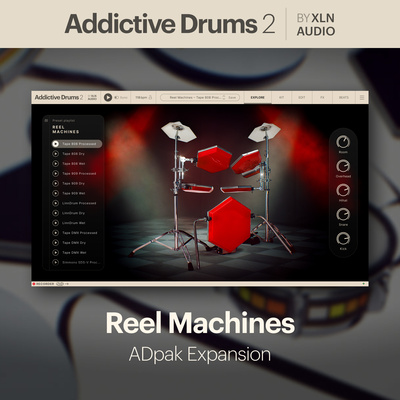
Working with the instruments
The main melodic theme is created from a staccato cello sample from the Fairlight CMI stock library. The modulations in pitch that you can hear were created with a healthy dose of portamento.
A somewhat similar style of strings was later used to great effect on Enya’s Orinoco Flow (1988). But here, a distinctive slapback delay makes this iconic hook sound like it’s echoing through the hills. The glistening choral pads in the chorus are most likely also created using the Fairlight CMI. Meanwhile, the bass guitar is a simple, steady pulse, aligned with the drums.
As the song builds, the relatively clean rhythm guitar parts use an ADT effect. This is created by hard panning the two parts left and right. and the screaming distorted lead tones are processed individually, and pushed further back in the mix with plenty of reverb.
With the Meris LVX you can easily create modulated delays like those used on 80s records like this one. Meris pedals are suitable for both guitars and synths and you have plenty of processing power. Read more about the LVX here.

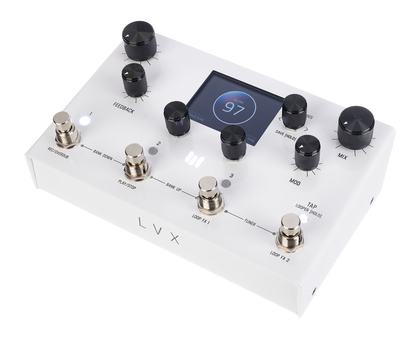
Shaping the synths
We know the monolithic Yamaha CS-80 was used throughout the Hounds Of Love album. On this track, the use of synths is subtle and constant throughout, from the ambient droning synth pad at the back of the mix to the synth brass chords in the verse.
To create a drone pad, simply loop the synth chord and ensure the length of the MIDI notes reach the end of the bar. If you sustain the chord for four bars, you almost create a crescendo/decrescendo at the end of each cycle. The key to this trick is using your envelopes, so have your sustain full and your release at twelve O’clock as a starting point.
You can create more complex sounds by setting your filter and amp envelopes to work independently. But in this song, the synths are mostly filtered to allow space for the vocals and the other instruments.
Within the Arturia V Collection 9, the CMI V gives you the sound and the user experience of the classic Fairlight CMI sampler. Also, the UDO Audio Super 6 is a great choice for creating ’80s-style synth sounds, with its hybrid architecture.

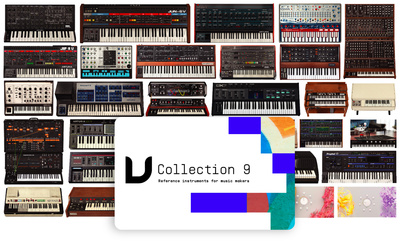

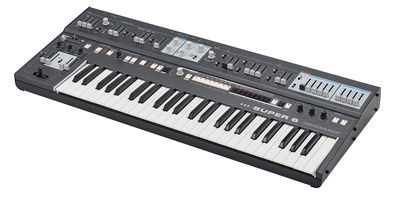
The vocal production
Like any great vocal piece, the mix is built using a combination of techniques to create perspective. The balance between microphone distance and additional reverb is important. Here, these are used to place the lead and harmony parts in different spaces.
Although the vocal production is great for 1985, the way the vocals are written and performed is far more pivotal in creating the end result. Being a great singer is useful, but it isn’t enough if you don’t have a feel for melodic writing. In this case, the way the vocal performance builds the song up slowly into a climax is a central theme.
In addition, the way the vocal harmonies and overdubs are sequenced clearly defines each section of the song. Otherwise, it might feel rather repetitive. Matching and contrasting natural vocal reverb with digital reverb is also a technique that requires practice, and it’s used extremely well here.
The Neumann TLM 103 is a great choice for female vocals, used recently by Billie Eilish on her massive 2019 debut album, When We All Fall Asleep, Where Do We Go?
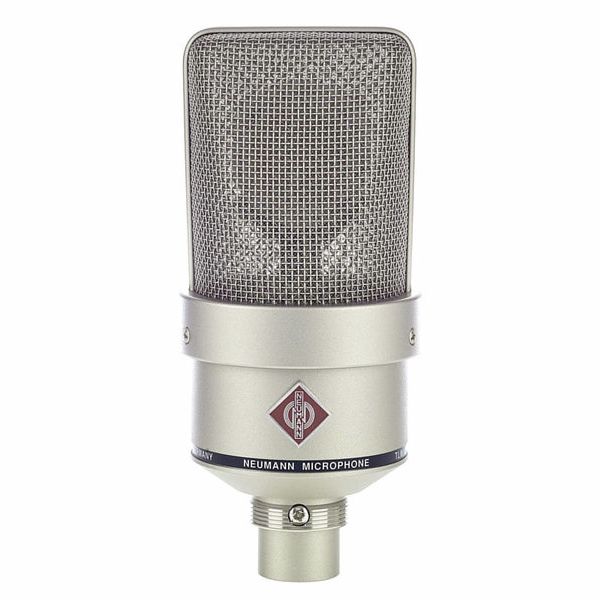
More about Kate Bush – Running Up That Hill and music production:
- Kate Bush’s Wickham farm studio
- Why do we still use 1980s reverb?
- How to get that old-school sampler sound
- More music production resources
- Everything vintage
- Kate Bush synth sounds
Videos:
You are currently viewing a placeholder content from YouTube. To access the actual content, click the button below. Please note that doing so will share data with third-party providers.
You are currently viewing a placeholder content from YouTube. To access the actual content, click the button below. Please note that doing so will share data with third-party providers.
You are currently viewing a placeholder content from YouTube. To access the actual content, click the button below. Please note that doing so will share data with third-party providers.
You are currently viewing a placeholder content from YouTube. To access the actual content, click the button below. Please note that doing so will share data with third-party providers.
You are currently viewing a placeholder content from YouTube. To access the actual content, click the button below. Please note that doing so will share data with third-party providers.
You are currently viewing a placeholder content from YouTube. To access the actual content, click the button below. Please note that doing so will share data with third-party providers.
Note: This article contains promotional links that help us fund our site. Don’t worry: the price for you always stays the same! If you buy something through these links, we will receive a small commission. Thank you for your support!
3 responses to “How to sound like Kate Bush – Running Up That Hill (A Deal With God)”
 5,0 / 5,0 |
5,0 / 5,0 | 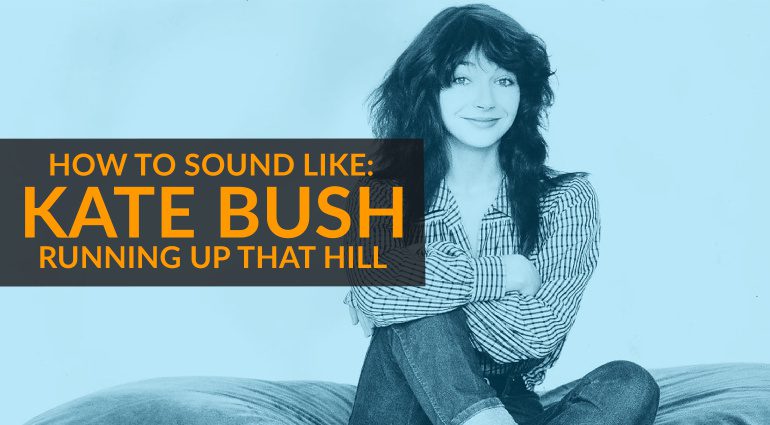

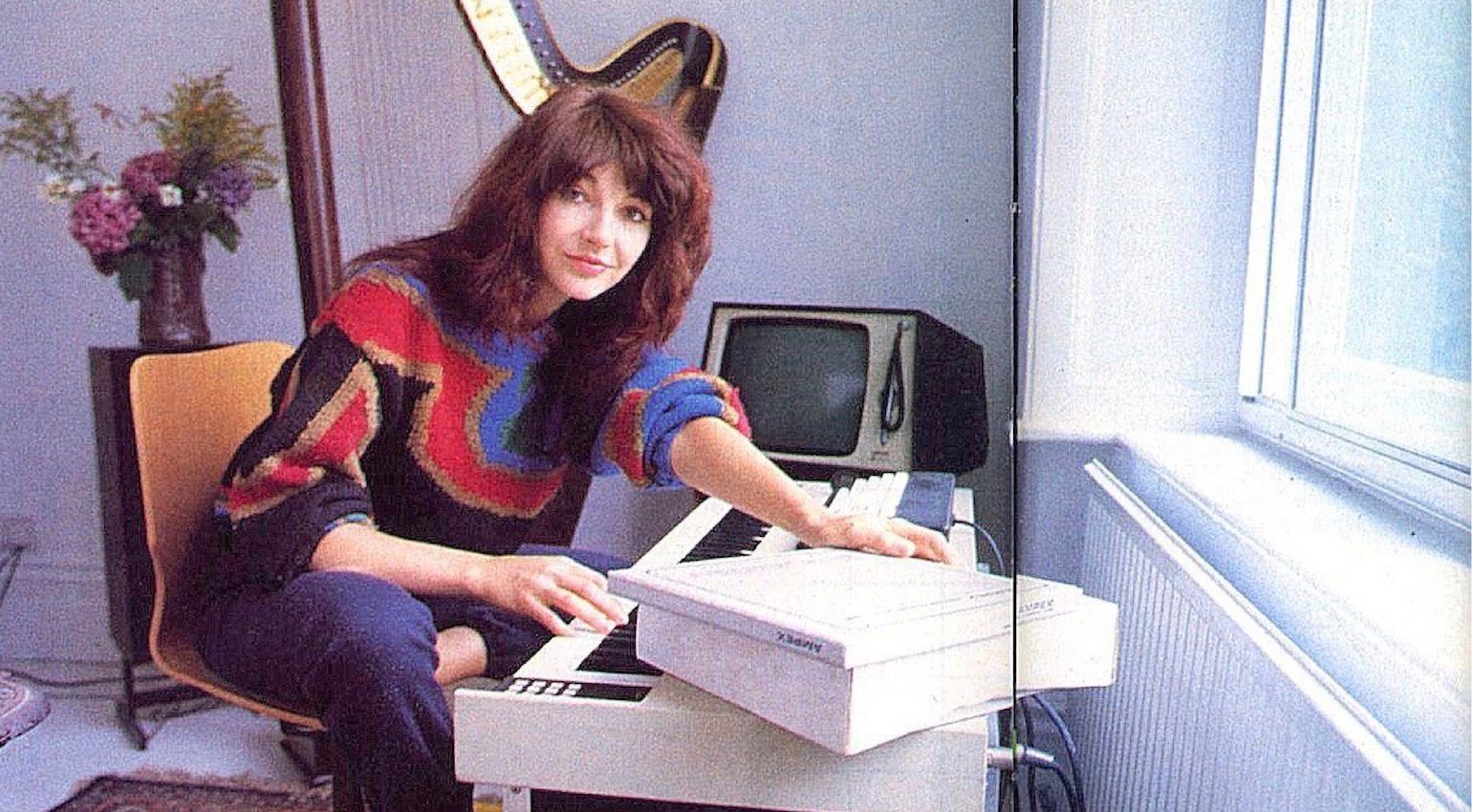
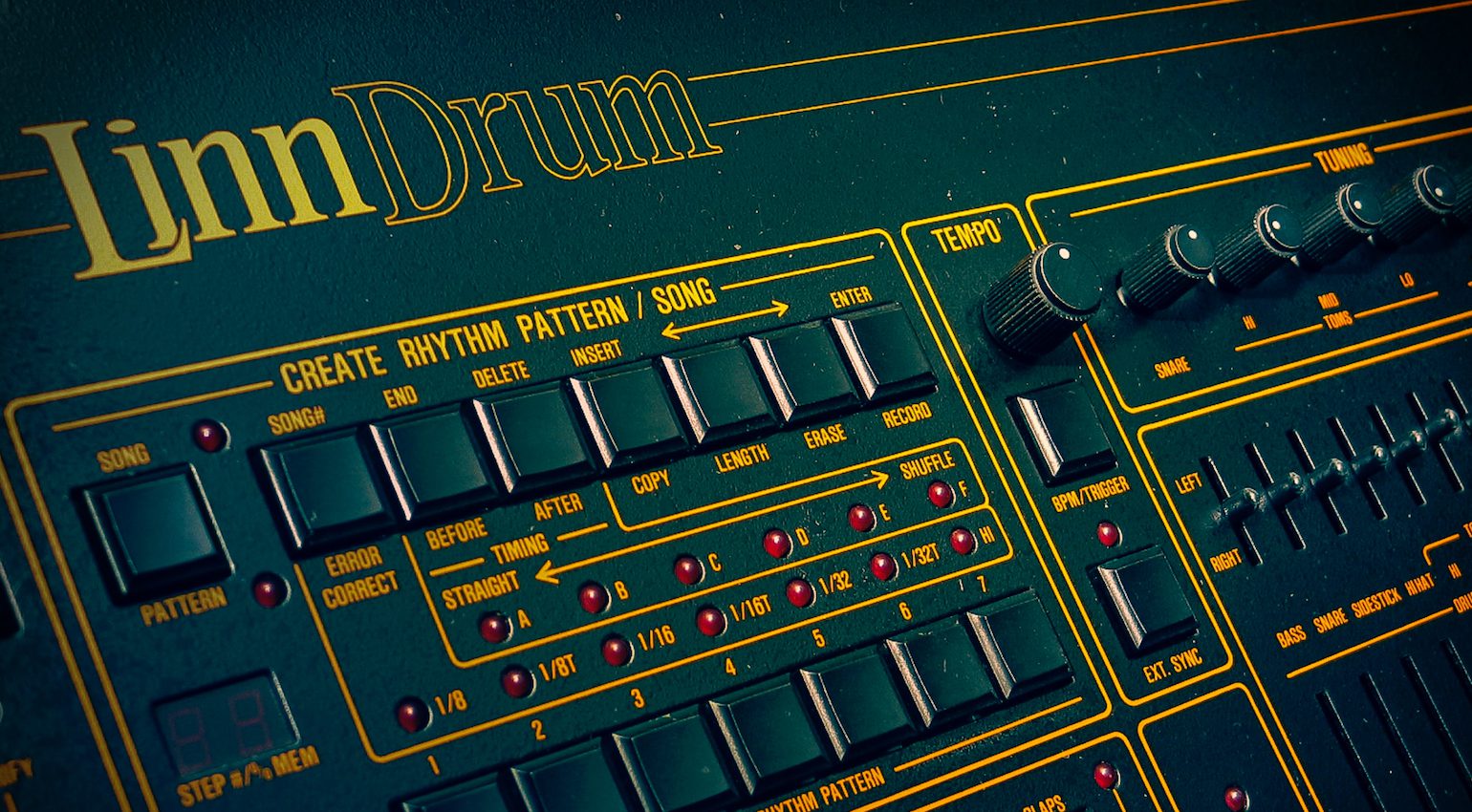

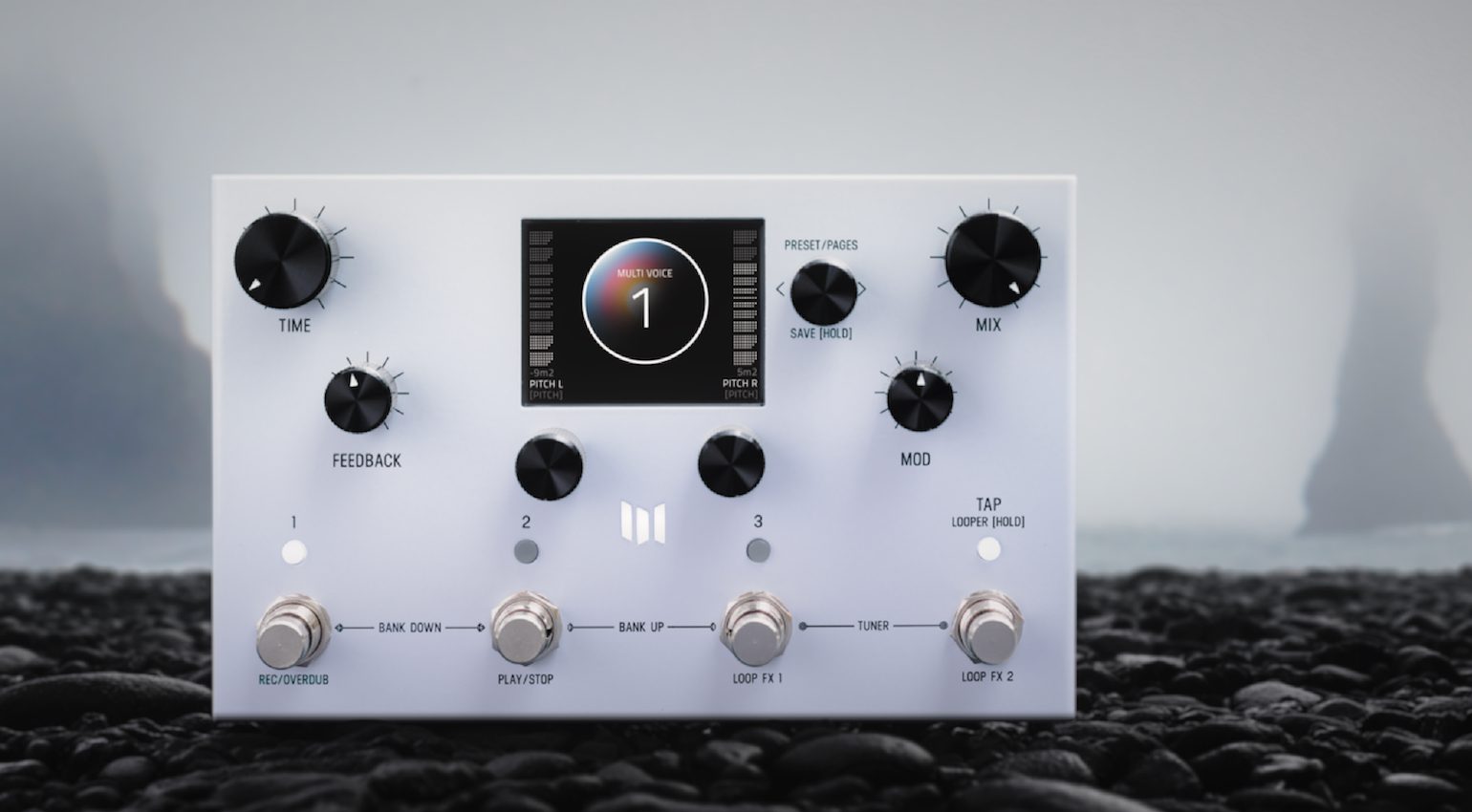
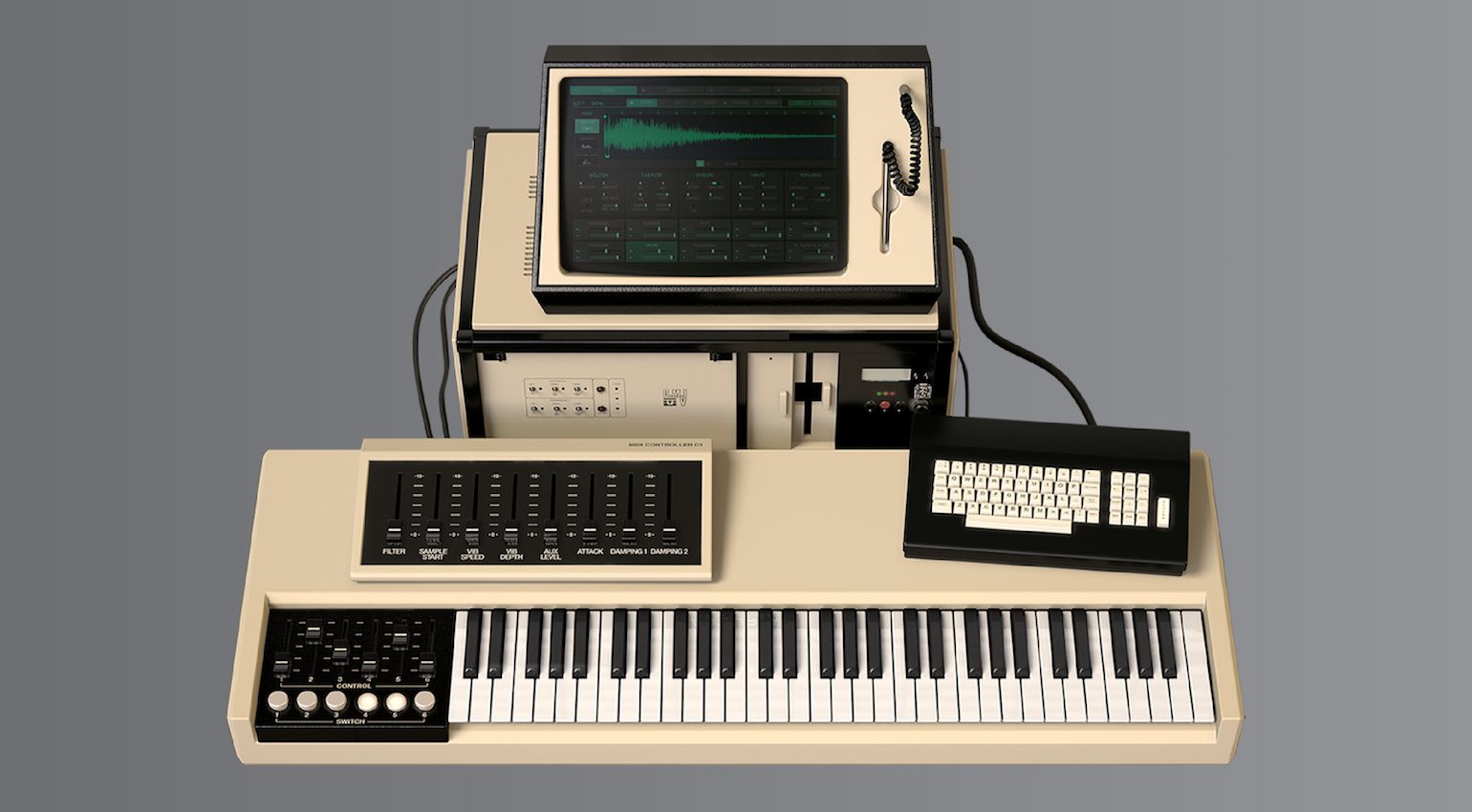
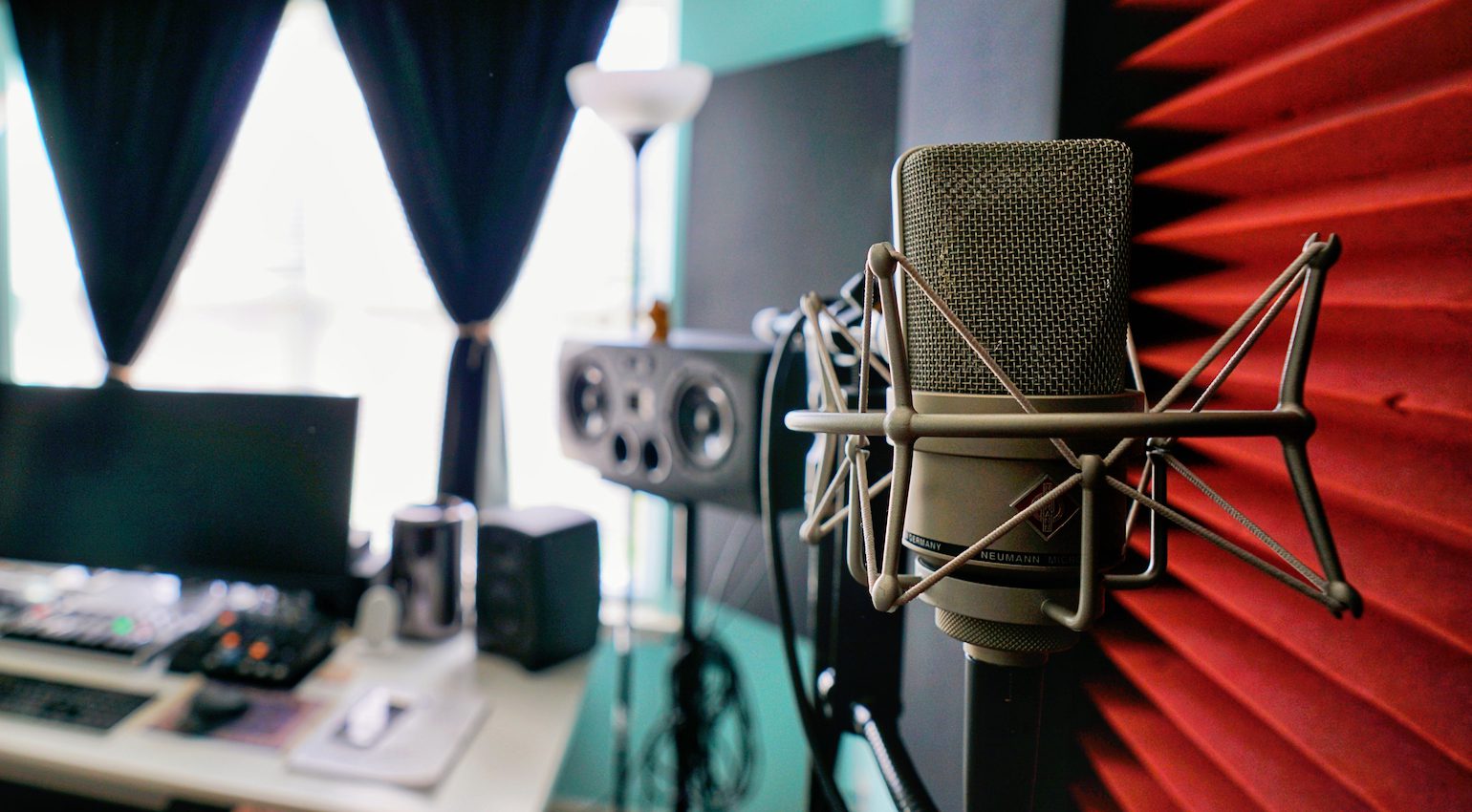
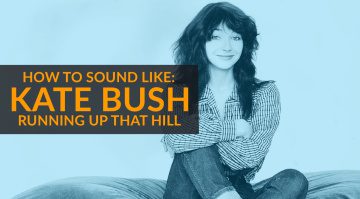

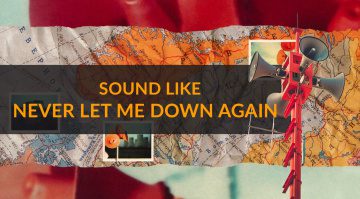

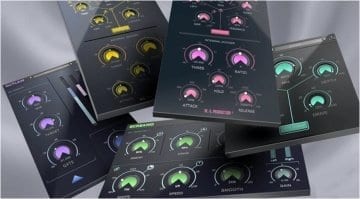
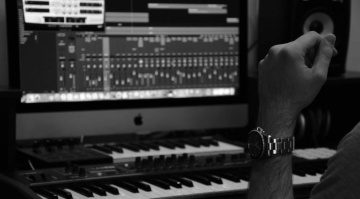

Kate Bush mainly used the Fairlight CMI and the DX7 for the “Hounds of Love” album. The Fairlight is used for “Running Up That Hill”.
Let’s hope, Kate Bush is inspiring said “completely new generation of listeners” a.k.a the youngsters, to start making better music again, music that’s not merely for generating lots of fast money, but for actual artistic expression, music that tries to push boundaries, has meaning and wants to develop a unique sound and style!
Everybody instantly recognises KB, same can’t be said about the majority of contemporary singers, who basically all sound the same, as if there was only one style of singing left on the planet…
You’re not wrong, but at the same time, Kate Bush is recognizable and remembered almost exclusively for her work from four decades ago. Despite having released three albums of new songs in the 21st Century, one of them a double. (Have you heard any of them? I sure haven’t!)
Bush has always been, as Margaret Talbot said in a 2018 New Yorker piece, “less ahead of [her] time than outside it”. (Even going on to confess that she occasionally wishes the famously-detached artist would discover Spotify.)
She also writes this, about Mme. Bush’s 2011 release: “The album ’50 Words for Snow’ is lush and sombre, with melodies that eddy and drift, and a thirteen-minute song about a woman’s affair with a snowman, which somehow manages not to make you laugh.”
I’ve had four years to sit with that sentence, and to this day I still can’t decide whether it’s intended as a compliment!